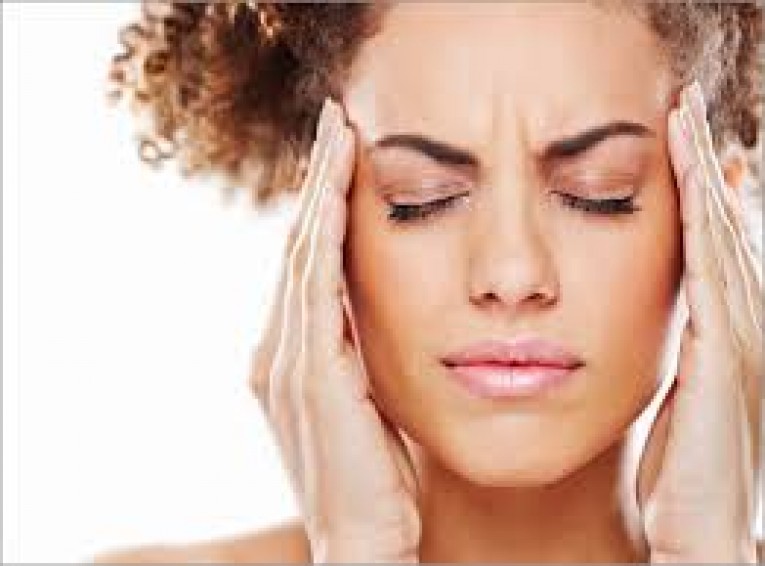Headaches. Nearly every second person across the globe has at least one every year. And, depending on the type, a headache can stick around for as little as a couple of hours, to as long as a couple of weeks.
This is by no means comfortable for headache sufferers and, although temporary pain relief can be found through over-the-counter medications, it’s best to address the cause of the pain to avoid any recurrences.
The most common types of headaches
As healthcare providers, osteopaths are perfectly placed to treating people who suffer from many kinds of headaches. Despite there being over 200 types of headaches known to medical professionals, the most common types are:
Tension headaches – these are often associated with stress and postural tension, affect both sides of your head, and are often likened to a feeling of tightness or pressure.
Migraines – these have many causes or triggers, one is referral from the upper neck. They tend to affect one side of your head and can also cause nausea and vomiting, abdominal pain, visual disturbances and sensitivity to light or sound.
Cervicogenic headaches – these are also referred from the upper neck. They tend to occur on a daily basis at the back of the head near the top of your neck, and can sometimes cause pain around the eyes.
The most common causes of headaches
So many of the headaches people experience originate from tension, muscle stiffness or joint strain in the neck and upper thoracic region – tension-type headaches are more prevalent (52%) than migraines (18% prevalent).
And with other factors causing headaches, including eye strain, sinus congestion, whiplash, stress, poor posture, jaw imbalance and teeth grinding, hormone imbalances, blood pressure issues and allergies, it’s no surprise that they’re one of the most common medical complaints.
Osteopathy can relieve general headaches...
With many headaches occurring due to muscle tension and joint restriction, osteopathy can help relieve pain through gentle manipulation of the muscles and joints in your neck and spine, as well as other areas that might be contributing to the problem. These include the upper back, the shoulders and the tissues in your head.
By correcting alignment and restoring mobility in the spine and joints, osteopathic treatment can decrease the muscular tension, increase blood flow and reduce nerve irritation, getting rid of the headaches for good.
...headaches caused by injury...
If you’ve suffered a neck injury, such as whiplash, postural problems, stress and compensatory change, you may be susceptible to cervicogenic headaches, which are commonly caused by restrictions in the neck and back joints.
Oftentimes, the nerves that exit the spinal column can become irritated, which causes pain in the base of the skull, top of the head and behind the eyes. And so, for cervicogenic headaches in particular, spinal manipulation has been proven to have a better effect on the headaches than massage, with the relief being comparable to commonly used first-line prophylactic prescription medications for tension-type headaches and migraines.
...and headaches cause by bad posture
If your headaches are related to postural problems, your osteopath will be able to offer you advice on your posture, including simple at-home exercises to ease discomfort and keep your head clear, and advice on how best to set-up your workstation.
And if you find that your headaches are regular, try keeping a headache diary that covers the symptoms, frequency and pain level, to help you and your osteopath identify any triggers.
As your healthcare practitioner, osteopaths are trained to differentiate between commonly caused headaches and those related to serious pathology and will refer you to your GP if there are any suspected pathologies or if you're not improving with treatment.
So, if you experience headaches, especially if you’ve recently suffered a head trauma or a headache gradually worsens, get in touch with your osteopath or another healthcare professional and get to the root of the problem.
Back to blog
